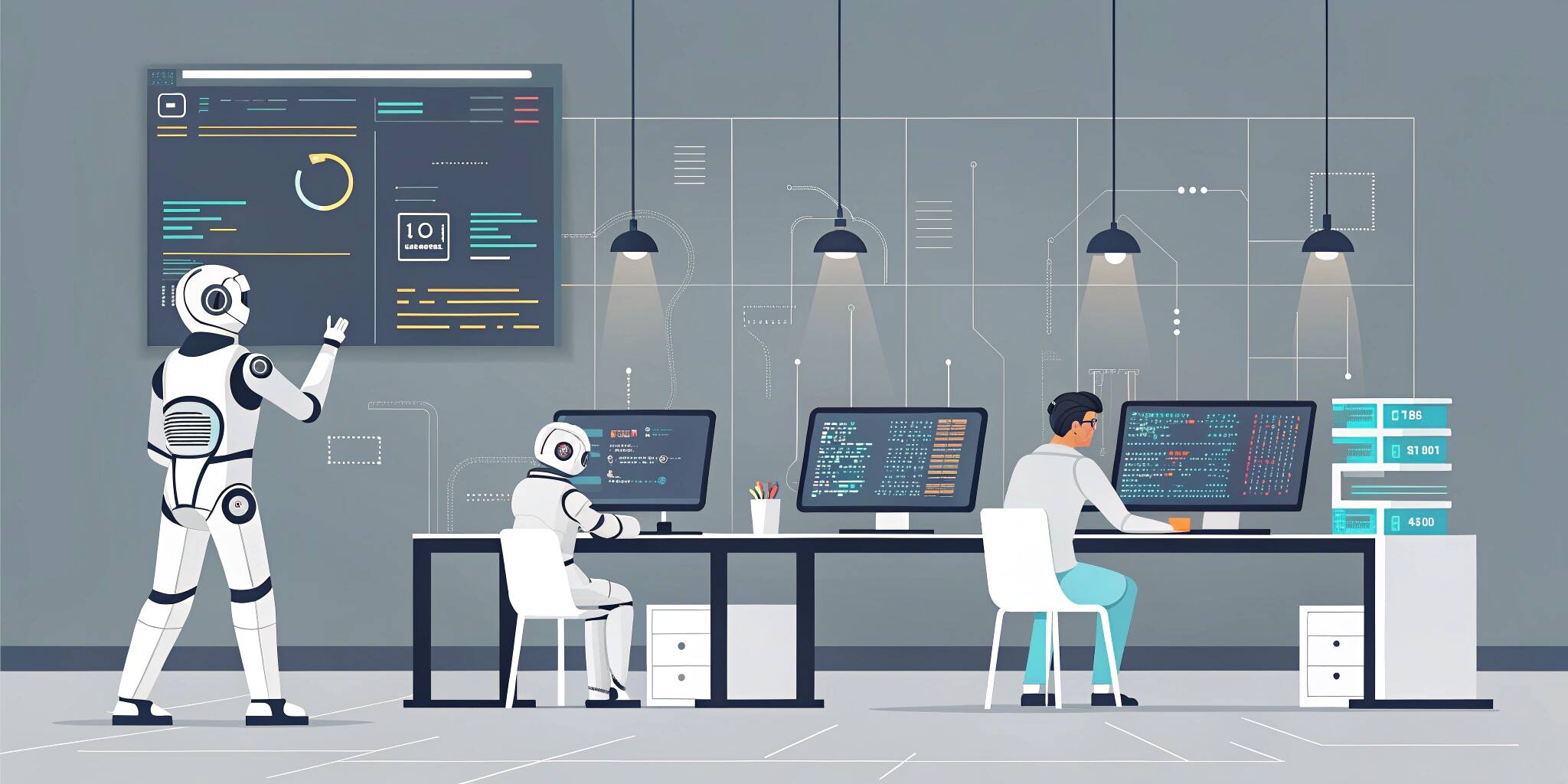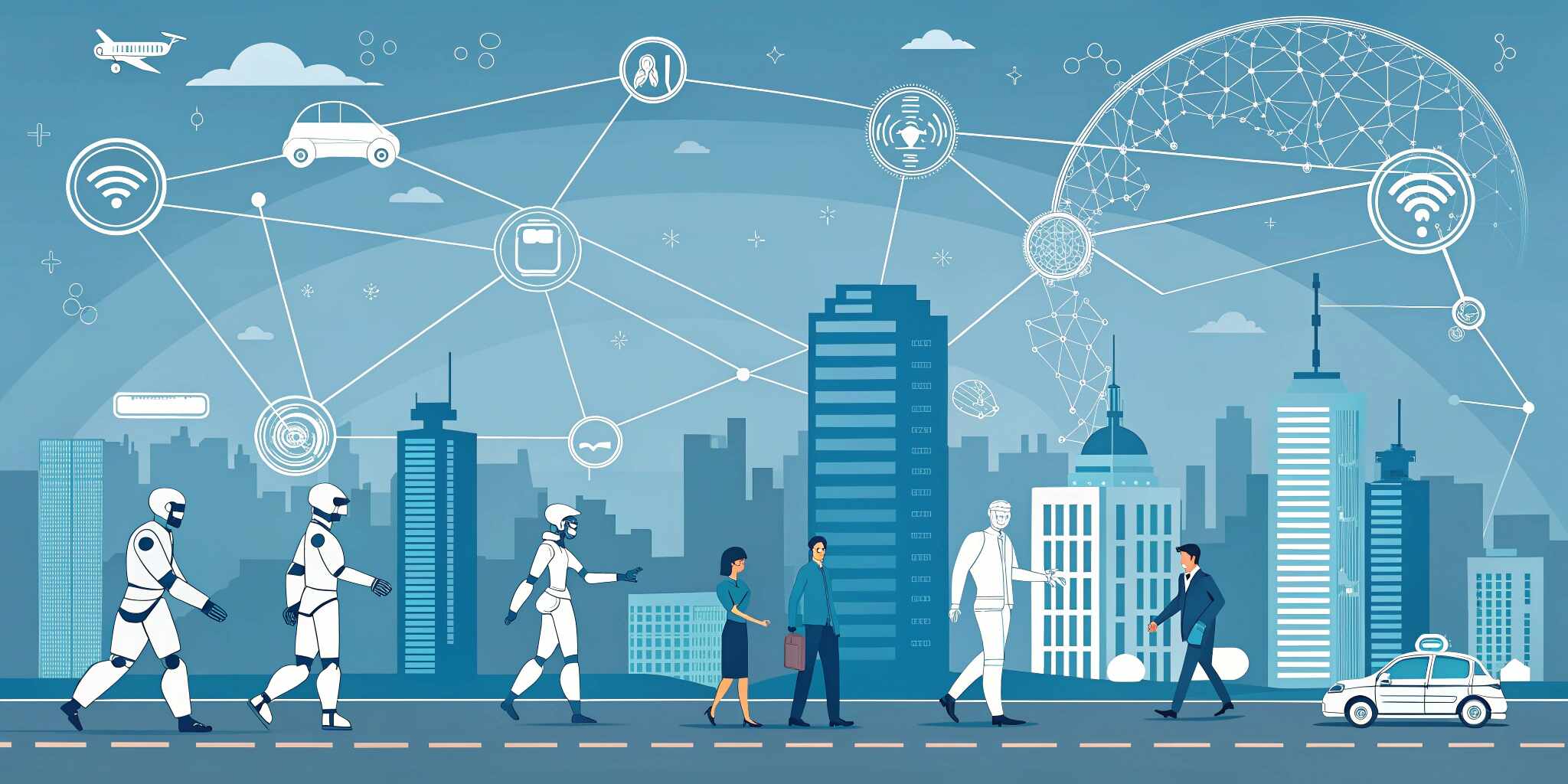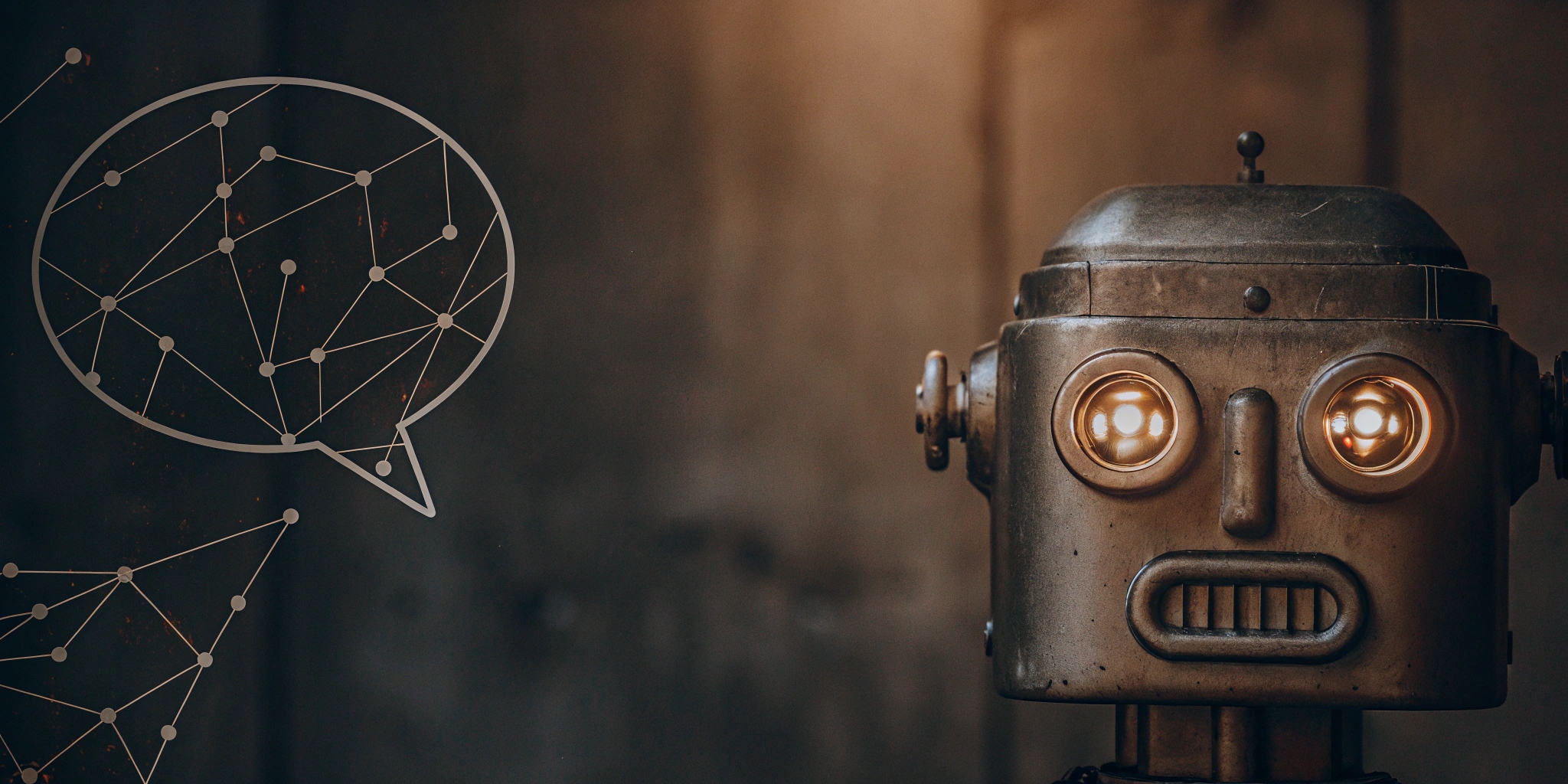The integration of artificial intelligence into software engineering has ushered in a new age—one where human effort in coding, testing, and deployment is significantly reduced, and intelligent systems take the lead. Autonomous software engineering, powered by AI, aims to create self-sufficient development environments capable of analyzing requirements, writing code, testing it, and deploying solutions with minimal human intervention.
The Shift Toward Autonomous Engineering
Traditional software development is a labor-intensive process that requires extensive planning, collaboration, and maintenance. However, AI-driven systems are changing this paradigm. Through natural language processing (NLP) and machine learning (ML), developers can now describe what they want in plain language, and AI can translate those requirements into functional code. Platforms like GitHub Copilot and ChatGPT’s code interpreters are early examples of this transformative capability.
As AI models evolve, they’re learning from billions of lines of code and software repositories to understand best practices, optimize structures, and detect patterns that even seasoned developers might overlook. This shift enables software systems that can build, improve, and adapt themselves over time.
Intelligent Code Generation and Debugging
One of the most exciting developments in autonomous software engineering is intelligent code generation. AI tools can analyze problem statements, predict coding errors before they occur, and suggest improvements in real time. Instead of manually debugging, developers can rely on AI-powered systems that automatically identify and fix syntax issues, security vulnerabilities, or performance bottlenecks.
This ability extends to intelligent debugging systems, which use predictive analytics to locate potential failure points before they cause downtime. For example, AI can monitor application performance data and forecast when a component might fail—allowing preventive action instead of reactive maintenance.
Automating the Entire Software Lifecycle
Beyond coding, AI is optimizing every phase of the software lifecycle—testing, deployment, and maintenance. Autonomous testing tools powered by AI can execute regression tests, create test cases from user stories, and even learn from previous test failures to improve future outcomes.
AI-based deployment systems are also becoming more adaptive. Using DevOps automation combined with ML-driven insights, systems can dynamically allocate resources, optimize cloud usage, and roll out updates with zero downtime. In essence, the software ecosystem becomes a living entity—continuously improving and maintaining itself.
The Role of Machine Learning in Predictive Development
Machine learning plays a crucial role in making autonomous engineering possible. By analyzing large volumes of historical development data, ML algorithms can predict development bottlenecks, recommend optimal coding patterns, and enhance project delivery speed. Predictive analytics also enables development teams to anticipate user behavior, design scalable architectures, and prevent post-deployment issues.
These capabilities mark a shift from reactive to proactive development—where AI doesn’t just execute commands but makes informed decisions to improve project outcomes.
Ethical and Practical Considerations
While the future of autonomous software engineering is promising, it comes with challenges. Ethical concerns include dependency on AI, job displacement, and the potential for biased algorithms to influence code decisions. Human oversight remains essential, especially when AI-driven systems make critical choices related to data handling or system architecture.
Moreover, transparency and accountability must be embedded into AI systems. Businesses adopting autonomous software engineering must establish clear guidelines to ensure AI decisions align with ethical and organizational values.
The Road Ahead
Autonomous software engineering is still in its early stages, but its trajectory is clear. As AI models become more sophisticated and capable of reasoning beyond syntax, we can expect a future where software development is not only faster but also more resilient and adaptive. Human engineers will shift from hands-on coding to roles focused on supervision, creativity, and strategic innovation.
In the coming decade, the combination of AI, ML, and automation will redefine software development—creating a balance between human intelligence and machine precision. The organizations that embrace this evolution early will lead the way toward the future of self-sustaining, intelligent software systems.


